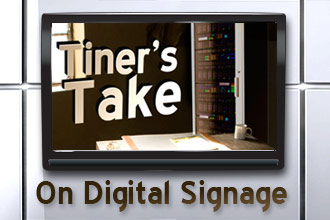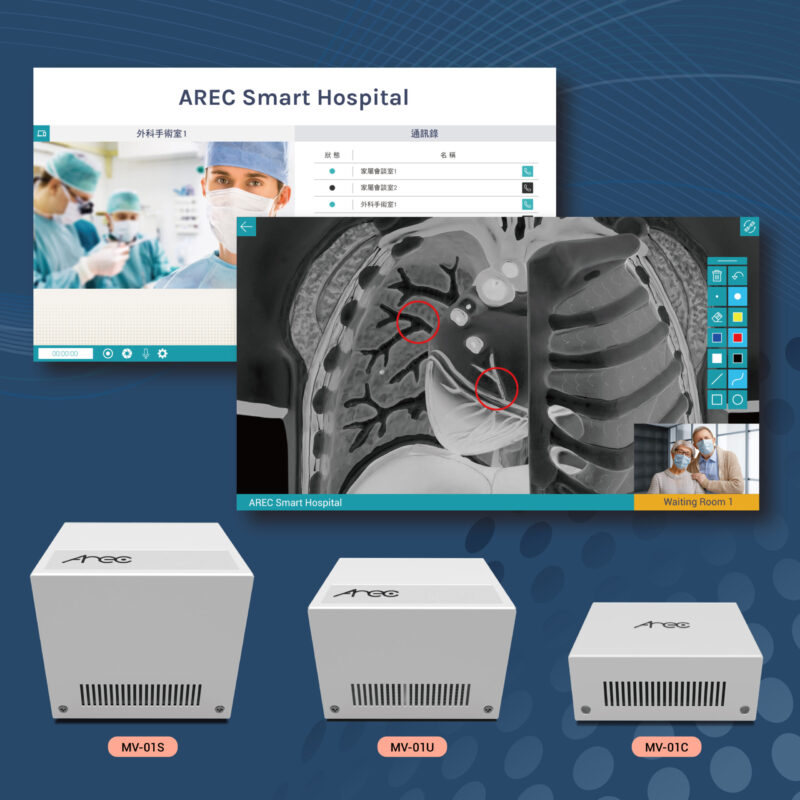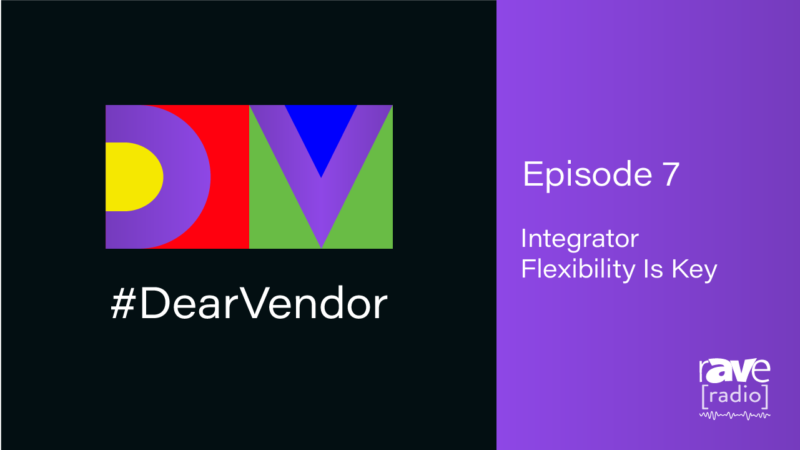Making Hospitals More Human With Digital Signage
 When I read Paul Flanigan’s column in the November rAVe DS [Digital Signage], I realized that I too had learned some things this year. Like Paul, I learned that some businesses are more people centered than we treat them. I also learned that technology, oddly enough, may be able to help open up that human touch. Finally, I learned that my daughter should never do cheering again.
When I read Paul Flanigan’s column in the November rAVe DS [Digital Signage], I realized that I too had learned some things this year. Like Paul, I learned that some businesses are more people centered than we treat them. I also learned that technology, oddly enough, may be able to help open up that human touch. Finally, I learned that my daughter should never do cheering again.
First things first. My daughter broke her elbow this summer. She did it during a cheering camp and required surgery and two months of physical therapy in order to fix it. The odd thing was that two years before she had broken the other arm in exactly the same way. The point here is not to create sympathy for my daughter, although she really does deserve it (she was in a lot of pain). Rather, it is to show that over the past few years I have spent some decent time in hospitals and dealing with doctors and surgeons.
My daughter is a very curious and intelligent young lady. As the doctor told her that her elbow was broken she wanted to know more about it. Exactly what was broken? How was the surgeon going to fix it? How big was the scar going to be? The surgeon we had was very competent, but certainly not prepared to answer these detailed questions that Maddy was asking. At one point he declared, “Well listen, your arm can’t stay like that forever, so we have to perform surgery,” and walked out of the room. It took us a while to convince her that while he was not very nice about it, he was correct.
Later, as my wife and I were in the waiting room, we watched the surgery board. It told us very clearly where Maddy was in the process (prep, operating room, post-op, recovery). That small bit of technology gave us a feeling that we were somehow connected with Maddy. We could get a sense of whether things were proceeding in a timely manner. I began to wonder if perhaps some of the same technology could be put to use in the pre-operative areas. So many of us, including Maddy, need surgical procedures, and yet we have no idea what these surgeons will do to us once we are under. Imagine a digital signage network that allowed for doctor/patient interaction. The surgeon could have loaded up a few pre-made videos about the type of break Maddy had, and the type of surgery he was going to perform. The anesthesiologist could have done similar work with what she should expect about the medicine he would give her.
These digital signage systems could also be used to help us learn more about our health. When you get an X-ray, aren’t you really dying to get a look at it? And yet, even though it is of your body, it seems like a secret. When you are in a hospital bed with various equipment connected to you, don’t you want to know what it all does and means? Why can’t we incorporate some type of education into a hospital visit. Why shouldn’t we know what all those monitors are doing and what they mean? Why shouldn’t be able to see test results? Perhaps more access to and information about our own health would make us all a little more conscious of our health.
I am not suggesting that medicine should become less personal. Yes, I think the surgeon should have extricated himself from the room in a more polite manner. I also think that doctors do have a duty to answer your questions about what is going on with your body. However, I also realize that this surgeon had been at work all day, had just come out of a surgery and wanted to get this one started so he could get home to his family. He truly did not have an endless amount of time to sit there and answer questions. By having this digital signage system in place, he could answer a few questions that were specific to Maddy, and then allow her to gain access to the information on her own. Now that would be a great use of digital signage.





